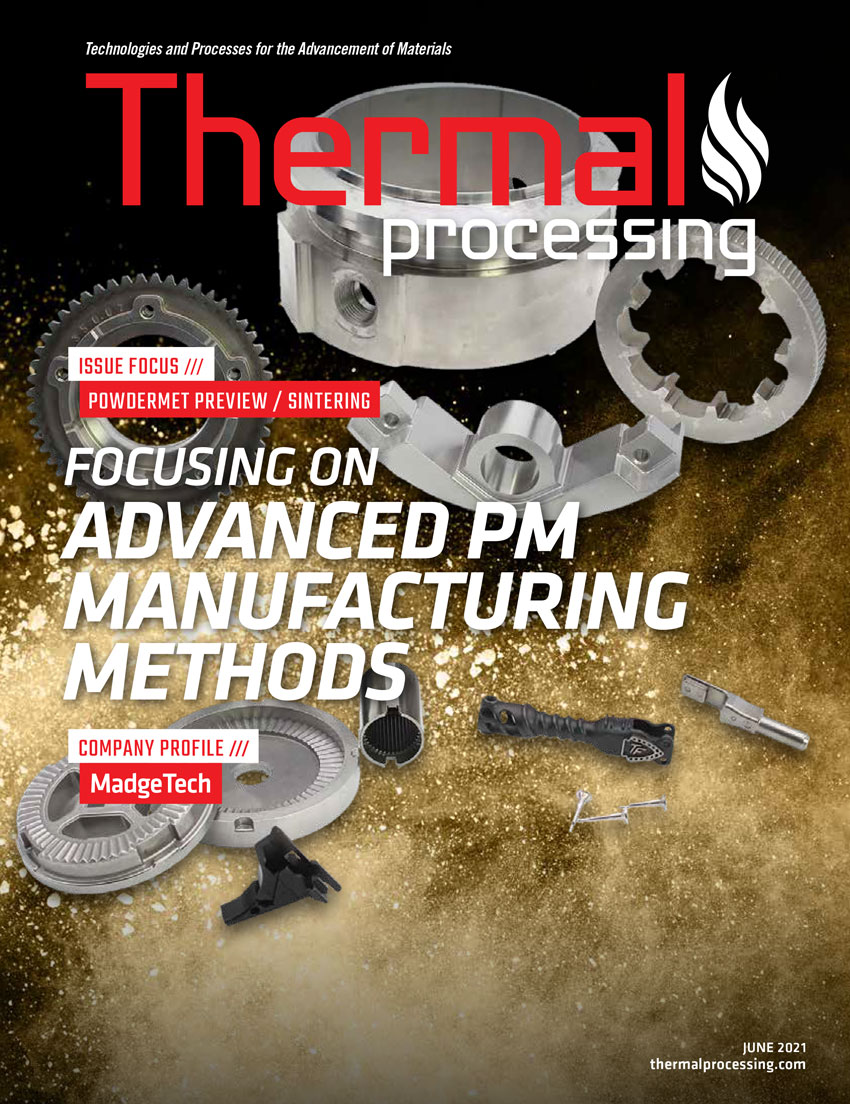
Let me be honest about the elephant in the room that often exists in heat treating. In some cases, but certainly not all, quality and production departments in heat-treating facilities have a love/hate relationship with each other. To me, it’s obvious that isn’t the goal of any company wishing to be successful. Unfortunately, it exists more often than some would like to admit. I am sure some heads are nodding as you read.
Speaking from the side of quality, no matter how passionate you are about bridging that relationship, it’s simply the nature of the beast when you — as a quality representative — have requirements that must be met. In my experience this is most visible in heat-treating facilities that have numerous standards they process and certify to because of the wide range of procedures needed. That said, my opinions are based on those experiences. This column will steer slightly away from the traditional technical content and focus on how to make the two departments interact more codependently rather than independently.
As the leader of the quality department, my goal is very straightforward: compliance to heat-treating specifications, regulatory and statutory requirements, and internal procedural activities. It sounds very simple as I write it but thinking about what that entails can be difficult. What I mean is you can perfect everything I mentioned, but getting your production team to execute is another story. In no way am I putting quality on a pedestal — because all departments are crucial to any heat-treating business — but the groundwork for process compliance and any applicable compliance in general begins and ends with quality.
Quality will review processes to ensure compliance prior to processing and check that the expected results are aligned with actual results before releasing the job. What happens in between expected and actual results? Heat treating. Who carries out the heat treating? Production. This is where your procedures are put to the test and, in my eyes, where the love/hate relationship manifests between the two departments.

There are many ways that companies ensure production is following the procedures laid out for them, but the truth for all companies is it requires proper training. Training is the key to any company’s success in terms of process procedure compliance, but how you go about training is where you can bridge that relationship between the two departments. What I mean is that it’s counterproductive to lay out your training from the quality lens only. It can cause problems when you rule with an iron hand and do not allow input from production on how you will execute. Procedurally, you can potentially force them into performing certain activities that make their job more difficult or inefficient. I am guilty of this and have learned you must include production in the conversation to make the activities work best for both departments.
It is extremely important to understand that production personnel are on the floor heat treating and they have intimate knowledge of what works best for them. So, listen to them. Give them some input when you are building your procedures. There may not be any freedom to adjust to certain requirements, but there is always some wiggle room for others. You just need to figure a way to be creative to make both sides happy.
I will not say it’s easy, but the reward of the process to get there will be worth it. Trust me when I say that production will be thankful that you gave them a voice and are looking out for their best interests as well.
Whether you have a small operation or a larger one, every company will benefit from a good relationship between quality and production. As I said, I’m confident no company wants friction between the two. It is inefficient and does nothing positive for your company morale. Involving production in key processes and procedures opens the conversation on how to execute activities in the most efficient way while also hitting your quality marks. These are goals you want to achieve, but there is a positive byproduct because of this. You are facilitating a good relationship between two key departments.
If your departments are coexisting in harmony, then congratulations. You have cleared a hurdle that can be painful to change. If you find yourself in this situation, then I hope you can see the value of cooperation and it points you in the right direction to improve.

























